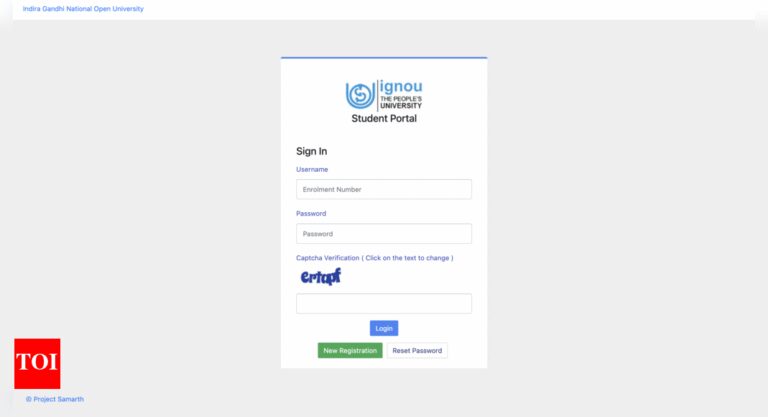
American children don’t trail because they are less capable, it is because they are held back by systems and circumstances that other countries manage better. At first glance it is tempting to treat international test gaps as a fixed measure of innate ability but the research is clear that cognitive potential or what some call “IQ”, is only one small part of the story. Across dozens of major studies and international assessments, patterns point to opportunity, school resources, early childhood exposure, pandemic disruption, family and neighbourhood inequality, time-on-task and choices about curriculum and technology as the dominant drivers.
The US decline is real and partly long-running
The OECD’s PISA 2022 country notes make this explicit: socio-economic status predicts a substantial share of US variation in math performance (about 15% in PISA 2022) and advantaged US students still underperform similarly advantaged peers in higher-scoring countries. The report also highlighted unequal access to pre-primary education, rising teacher shortages and high shares of students distracted by digital devices, which are all conditions that affect learning opportunities more than innate ability.National trends measured by NAEP (the Nation’s Report Card) show that reading and math performance fell for many student groups in recent assessments, a decline that predates Covid and was then worsened by pandemic disruptions. This is not a shortfall confined to the “top” kids or a single cohort; it is a broad weakening of learning outcomes, which points away from fixed cognitive differences and toward systemic issues.Stanford University’s influential 2011 synthesis (chapter in Whither Opportunity?) demonstrated that the income-achievement gap in the US has widened sharply over recent decades and children from low-income families now lag far more than similar cohorts did decades ago. The study’s central point was critical that socioeconomic differences like parental resources, concentrated poverty, access to high-quality preschools, books, enrichment and quiet study space create persistent and early gaps that schools alone struggle to erase. That’s an opportunity problem, not an IQ problem.If the gap were mainly innate, added resources would not move the needle much but the evidence shows the opposite. Harvard CEPR analyses of federal pandemic relief spending found measurable and short-term learning gains tied to funding. It showed roughly the equivalent of a few days of learning per $1,000 spent, with larger benefits where funds were used for targeted tutoring, summer programs and teacher support. That responsiveness to funding implies that instructional time, targeted interventions and better staffing can and do improve outcomes.
What countries do differently
The book The Knowledge Capital of Nations: Education and the Economics of Growth by Eric A Hanushek and Ludger Woessmann, published by The MIT Press, Cambridge, Massachusetts in 2015, emphasized that national economic outcomes correlate with what students learn, not merely how “smart” they are by birth. High-performing nations tend to combine strong early childhood participation, coherent curricula, effective teacher training and selection and fewer disparities across schools. Where the US diverges is in fragmented governance, unequal school funding (tied to local property taxes) and inconsistent adoption of instructional best practices — again, policy and systems, not innate ability.
So what should we do?
- Researchers and education journalists have linked rising screen use, reduced time spent reading long texts and lower classroom engagement to weaker comprehension and attention stamina. These changes affect study habits and classroom learning in ways that cumulative test scores capture. Likewise, chronic absenteeism and learning disruptions (exacerbated by the pandemic) shrink instructional time and compound inequality, hitting disadvantaged students hardest. These are environmental and behavioural factors we can change.
- Invest early and equitably expand access to high-quality pre-K and early literacy/home visitation programs, especially in high-poverty neighbourhoods.
- Use targeted spending for tutoring and extended learning as studies of ESSER federal relief show targeted programs (tutoring, summer catch-up, coaching) delivered measurable gains. Scale proven models in high-need schools.
- Stabilise and empower the teacher workforce. Address shortages through competitive pay, coaching and professional development and smarter hiring so students see consistent, high-quality instruction. PISA links teacher shortages to lower performance.
- Prioritise reading stamina and deep work. Reduce shallow digital distraction during class and promote sustained reading and analytic tasks proven to build comprehension and reasoning.
- Close opportunity gaps by funding equity. Move away from property-tax dependence, target resources to schools serving disadvantaged students and support wraparound services that remove learning barriers (transportation, health, family supports). Stanford University’s analysis shows early and persistent gaps require non-school investments too.
When you strip away political rhetoric, the science says that American kids are not genetically inferior to their international peers but they are embedded in a system that creates unequal early opportunities, allows uneven school quality, struggles to retain teachers and has recently endured massive learning disruptions. These are solvable problems and the research points to practical, evidence-based levers that produce gains when implemented at scale.








